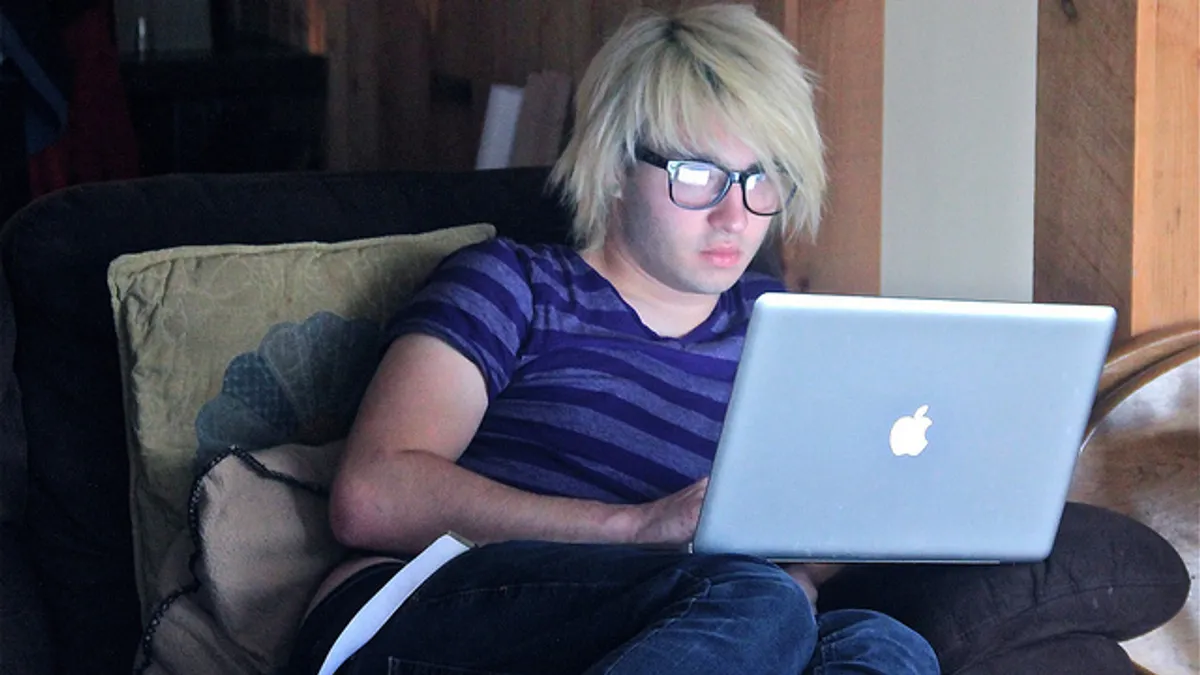Dive Brief:
- Caitlin Krause, a former English teacher who teaches online at the SF Creative Writing Institute, believes educators can still build a strong community between students through virtual learning, sharing five suggestions they can put into practice now in an article for Edutopia.
- At the top of Krause’s list is practicing self-care, which helps educators feel prepared to handle the challenges of online learning as they arise. The well-being specialist also suggests focusing time every day on students simply connecting with each other, rather than just on lessons.
- Assigning each student a task, such as finding helpful websites for the class, can help them feel useful and connected, as can building an online space where students can ask questions of each other. Finally, educators may want to encourage students to put away distractions, like smartphones, all together while they’re in the virtual classroom.
Dive Insight:
With most of the nation's students now learning online due to the coronavirus pandemic, Krause's suggestions can help create not only a better learning space, but a more connected student body.
One thing the global pandemic has reinforced is the need for maintaining social connections. There’s a reason video conferencing apps like Microsoft Teams and Google Hangouts are soaring in usage. Certainly, students are making use of this technology in classrooms, but they’re also connecting with friends and family over apps like Instagram and TikTok, maintaining their communities even from their own homes.
Community binds people together, and it’s crucial to maintaining some semblance of normalcy. That’s particularly key for students who, before the coronavirus, spent their days talking and laughing with dozens of their peers in-person daily.
Educators are focused on maintaining these connections for their students, even through video chats. But community building can also be integrated into the curriculum and help to reinforce other skills like social-emotional learning (SEL) and soft skills ranging from critical thinking to initiative taking.
Many teachers are using video conferencing for classwork. But rather than set up conversations just between students and educators, these calls could be expanded to include outside speakers and experts who address subjects classes are studying.
Portfolio building is another way students can build crucial SEL skills, particularly if they’re assigned to work on these together. Experts say working with others forces students to strengthen soft skills like time management and teamwork, which employers are eager to see in new hires, as well. But they also help children stay — and feel — connected today.






 Dive Awards
Dive Awards







